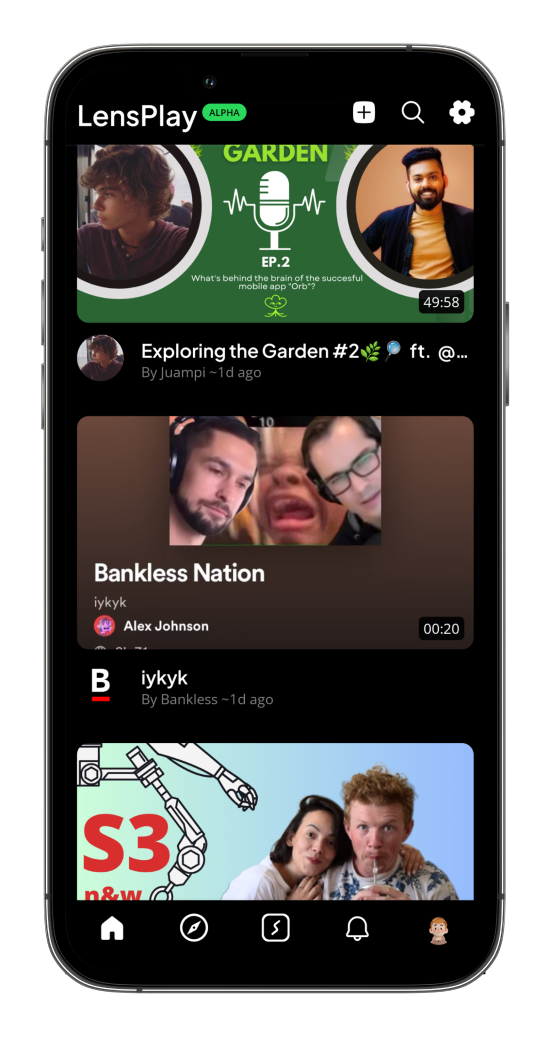LensPlay, a decentralized video-centric social graph, has recently launched and is causing waves in the Web3 space. Built on top of the Lens Protocol, LensPlay aims to address significant problems plaguing current social media networks, where user data, content, and profiles are locked to specific networks and owned by the network operators1.

LensPlay‘s unique design enables creators to own their social graph fully, and by doing so, it forms a user-owned, open social graph that any application can plug into. This innovative feature allows creators to have total control over their content, audience, and livelihood, instead of being subject to the whims of a platform’s algorithms and policies1.
Connecting the Wallet with the LensPlay application was one of the main challenges during development, solved using WalletConnect’s React-Native Library. Additionally, managing Login With Lens and tokens were addressed using LensAPI and GraphQL1.
Livepeer, the world’s first decentralized video streaming infrastructure, is integral to understanding the scope of this project. Livepeer has made strides in the $70 billion video streaming market, offering an Ethereum-based video streaming infrastructure that anyone can use without paying heavy platform fees or being restricted by features of centralized broadcasting solutions2.
One of Livepeer’s main features is adaptive bitrate transcoding, a crucial part of traditional video distribution infrastructure. By decentralizing this process, Livepeer claims to reduce transcoding costs by up to 50x compared to mainstream providers. The network is composed of thousands of node operators, who provide computing power in exchange for fees from broadcasters and rewards in the form of Livepeer’s native token, LPT2.
While Livepeer isn’t viewer-facing and doesn’t plan to become so, it’s essential for providing developers with the reliable infrastructure they need for their streaming applications. The network has seen continued growth, reaching a record of processing 2.3 million minutes of raw video in a week in June 2021, a six-fold increase from the start of 20212.
Unfortunately, I wasn’t able to access the white paper or the website directly to pull additional specific details about LensPlay or Lens Protocol. However, based on the information available, it’s clear that the combination of LensPlay and Livepeer represents a powerful push towards a more decentralized, user-centric digital world.
As the landscape of video streaming and social media continues to evolve, technologies like LensPlay and Livepeer are setting new standards for how creators interact with platforms and their audiences. Through decentralization, they’re not only reshaping the industry but also returning control to creators and users. Only time will tell what other exciting developments this shift will bring.
Join the LensPlay beta: Get the LensPlay app for Android or iOS.
Stay tuned for more in-depth coverage on LensPlay, Lens Protocol, and Livepeer, as I continue to follow their developments closely.